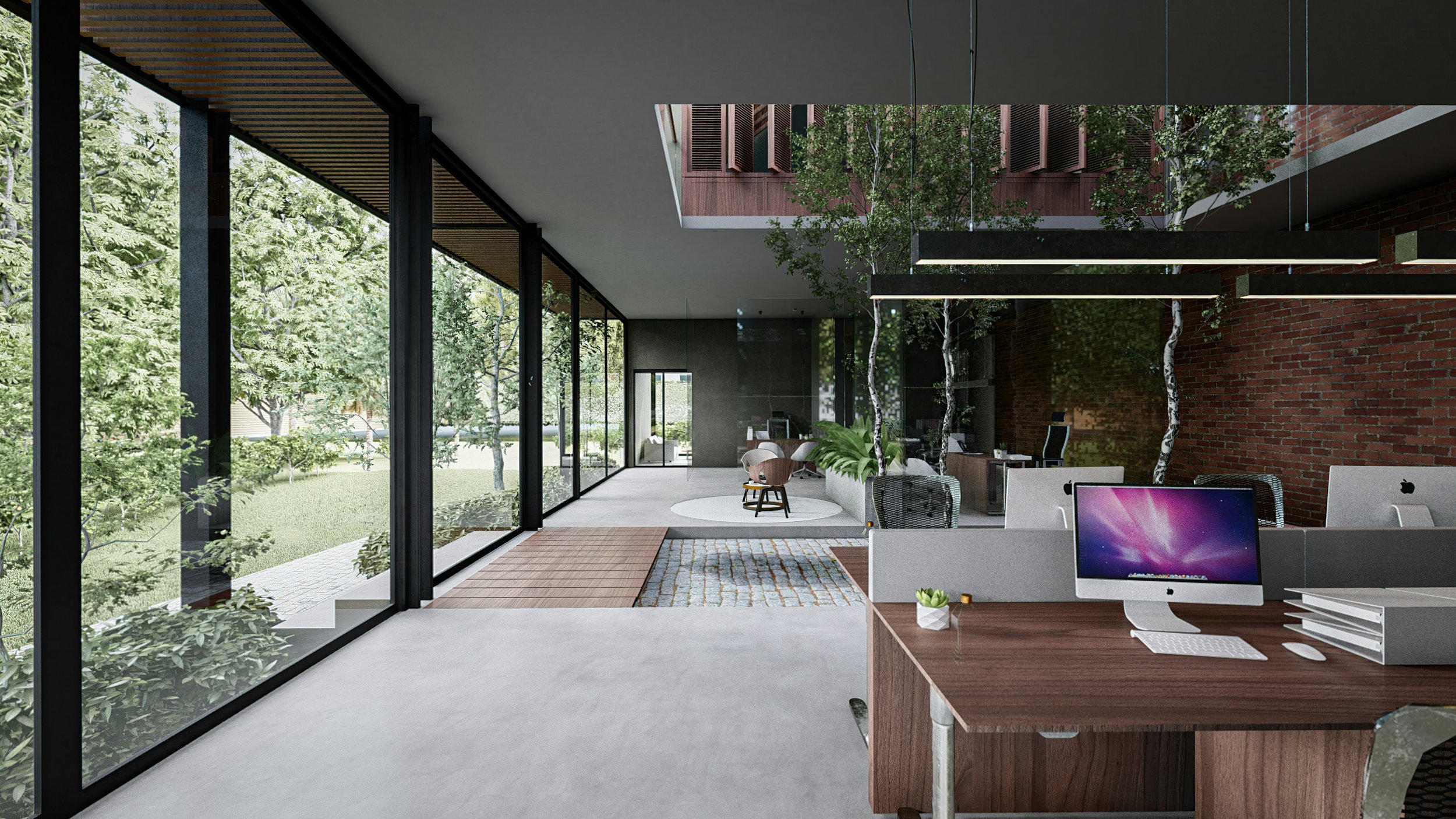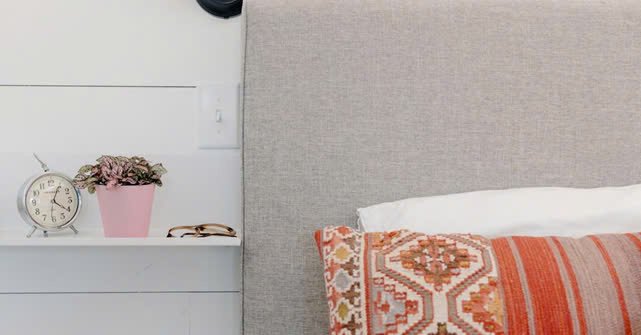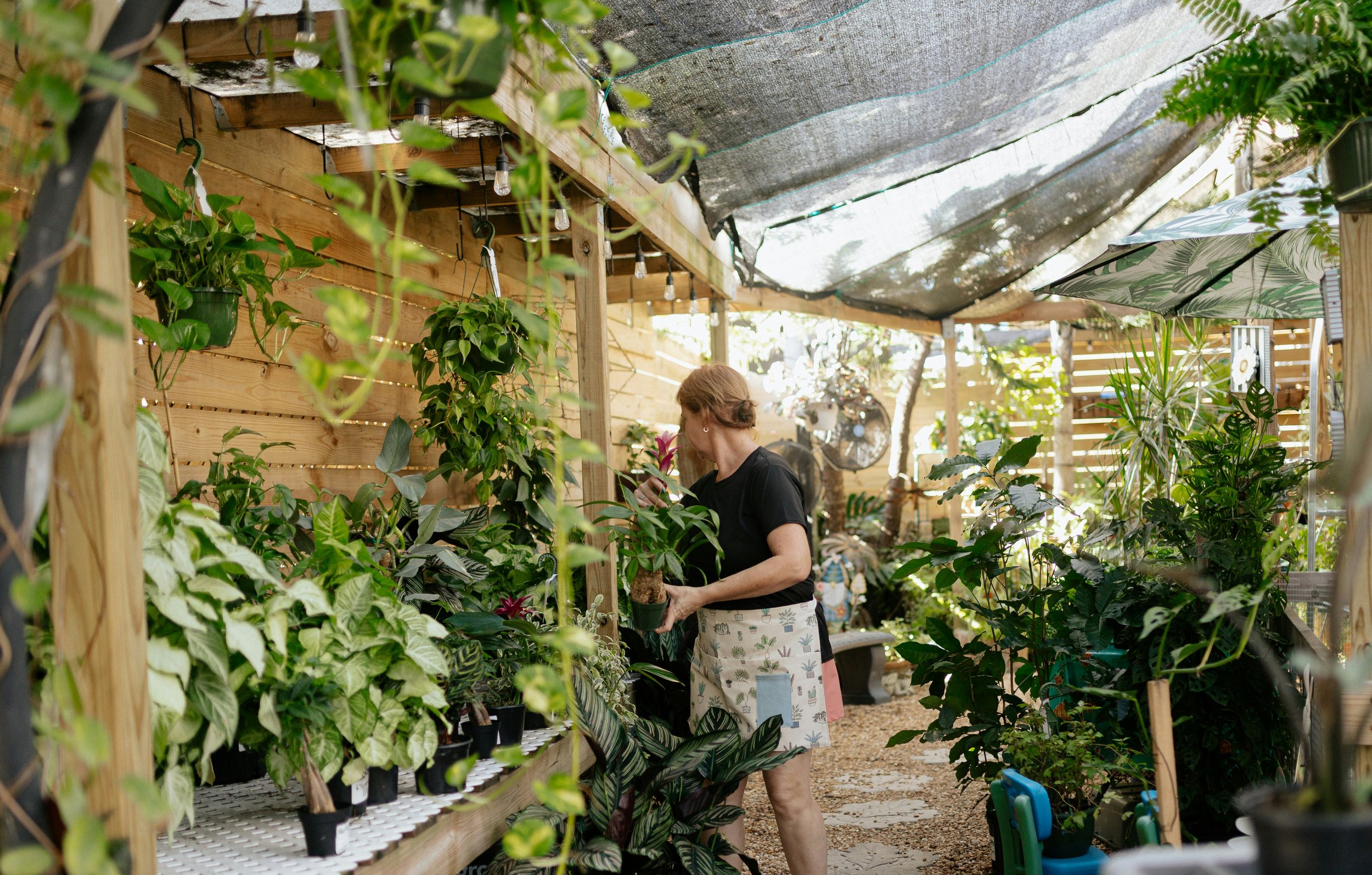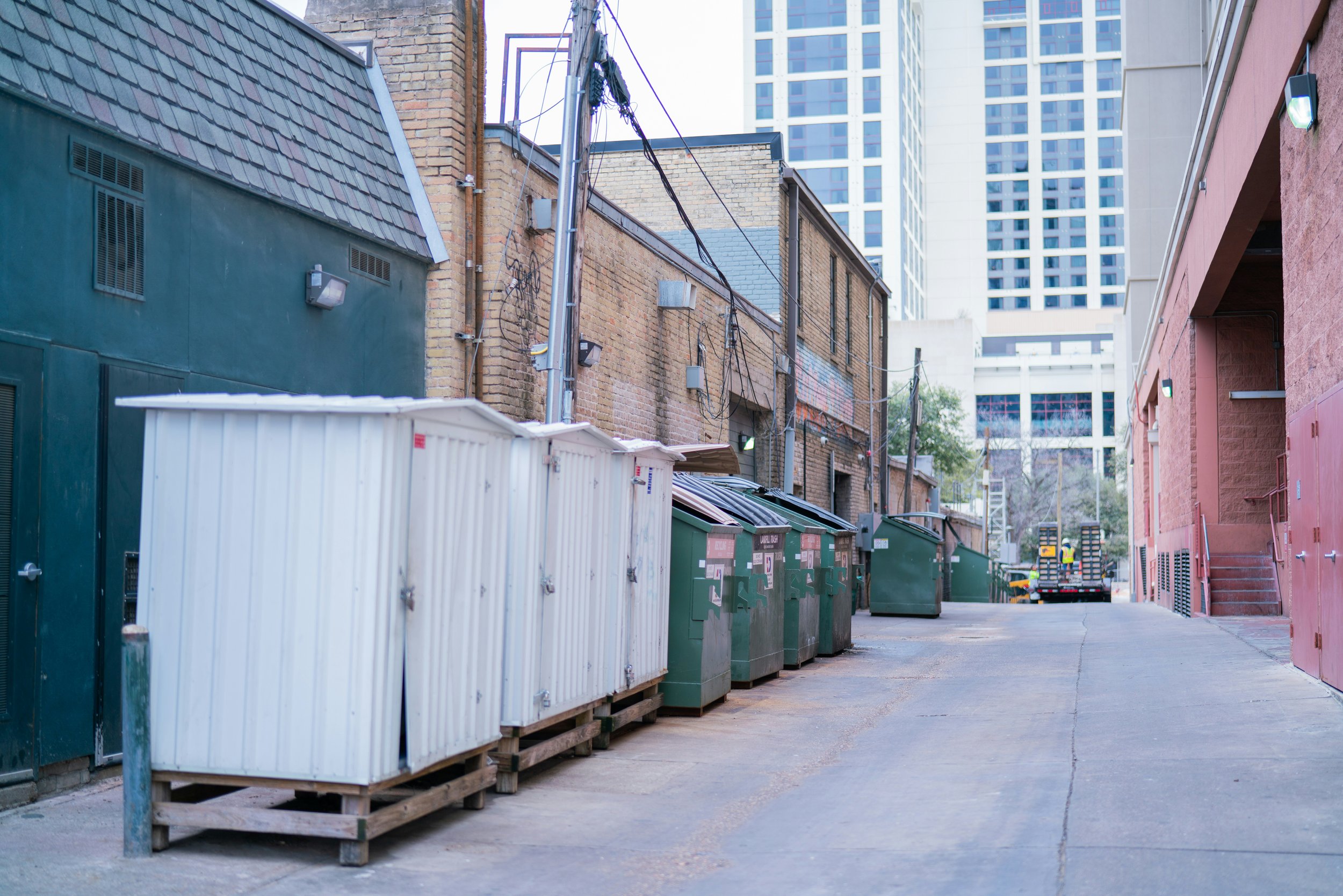The Rise of Biophilic Design: Integrating Nature into Urban Spaces
Discover how biophilic design is transforming urban spaces by bringing nature indoors, enhancing well-being, and creating harmonious environments in city living.
In recent years, the concept of biophilic design has gained significant traction as urban planners and architects look for innovative ways to incorporate nature into the built environment. As cities worldwide grapple with rapid urbanization, environmental decline, and mental health issues, biophilic design emerges as a crucial solution that not only beautifies urban spaces but also enhances the quality of life for city dwellers. This article explores the multifaceted aspects of biophilic design and its promising future.
Understanding Biophilic Design
At its core, biophilic design seeks to reconnect people with nature in various ways. It is grounded in the understanding that humans have an inherent need to affiliate with the natural world—something that's often lost in modern urban living.
The Concept and Principles of Biophilic Design
Biophilic design encompasses a variety of principles that aim to bring natural elements into architectural and urban planning. These principles include using natural light, incorporating natural materials, creating green spaces, and facilitating views of nature from indoor environments. By implementing these elements, designers strive to create spaces that evoke the serenity and vitality found in nature.
Essentially, biophilic design isn't just about adding greenery; it’s about fostering a deep, intrinsic connection between people and their surroundings. Integrating flowing water features, living walls, and organic shapes can significantly transform urban landscapes.
The Importance of Biophilic Design in Modern Architecture
The significance of biophilic design cannot be overstated in modern architecture. As urban environments become denser, the mental well-being of residents increasingly depends on these restorative natural interactions. Studies indicate that environments enriched with natural elements can reduce stress, boost creativity, and improve overall quality of life.
This architectural approach also addresses climate change challenges by promoting sustainability. Designs that incorporate energy-efficient materials and green infrastructure are not only eco-friendly but also aesthetically pleasing, demonstrating that environmental responsibility can coexist with modern design.
The Connection Between Biophilic Design and Urban Spaces
Biophilic design plays a revolutionary role in redefining urban spaces by merging the natural and built environments. In many projects, expert landscaping services are integral to achieving this balance, as they bring specialized knowledge in designing green spaces that are both functional and beautiful. Through thoughtful integration of greenery, water features, and other natural elements, these services contribute to a sense of tranquility and sustainability within urban settings.
The Role of Biophilic Design in Urban Planning
Urban planners are adopting biophilic principles to create spaces that prioritize both community well-being and environmental harmony. For example, various types of solar panels are increasingly utilized in green spaces to enhance energy efficiency, blending renewable energy with nature-inspired design. This approach not only supports eco-friendly practices but also adds a modern touch to traditional green spaces, ensuring cities are both resilient and forward-looking.
This holistic approach encourages communities to come together and fosters a sense of belonging. Cities like Singapore are prime examples, where the government has mandated greenery in building designs, leading to stunning urban jungles that serve both recreational and ecological purposes.
The Impact of Biophilic Design on Urban Lifestyle
The impact of biophilic design on urban lifestyles is profound, influencing everything from social interactions to mental health. Access to green spaces encourages physical activity and social gatherings, enriching the quality of life for urban residents.
Moreover, exposure to plants and natural environments has been associated with improved cognitive functioning and emotional resilience. This is critical in high-pressure urban environments where anxiety and stress levels tend to rise.
The Benefits of Integrating Nature into Urban Spaces
Integrating nature into urban spaces offers an array of benefits that enhance the aesthetic and functional aspects of cities. These benefits stretch far beyond mere visual appeal.
Enhancing Aesthetic Appeal with Biophilic Design
One of the most immediate effects of biophilic design is its ability to transform mundane urban landscapes into beautiful environments. Green roofs, artificial vertical gardens, and well-placed trees can invigorate urban settings, attracting residents and visitors alike.
Such aesthetic enhancements often lead to increased property values and enhanced tourism, demonstrating that investing in nature is an investment in economic vitality.
Health and Wellness Benefits of Biophilic Design
The health and wellness benefits of biophilic design are perhaps the most compelling. Numerous studies show that individuals living near nature experience lower levels of anxiety, reduced rates of depression, and improved overall happiness.
Furthermore, exposure to natural light is crucial for regulating sleep patterns and boosting mood. By prioritizing biophilic elements in urban designs, cities not only appeal to the senses but also champion the health of their inhabitants.
Challenges and Solutions in Implementing Biophilic Design
Despite its numerous benefits, implementing biophilic design is not without challenges. Urban environments are often fraught with constraints such as limited space, budgetary considerations, and regulatory hurdles.
Overcoming Obstacles in Urban Biophilic Design
To overcome these obstacles, collaboration among architects, urban planners, and local authorities is essential. Innovative design solutions can address space limitations through vertical gardens and modular green spaces that provide ecological benefits without demanding extensive square footage.
Furthermore, leveraging technology to monitor and optimize these green spaces can ensure their sustainability and effectiveness. Engaging community stakeholders in the design process can also promote a sense of ownership and investment in the spaces created.
Innovative Approaches to Biophilic Design in Urban Spaces
As cities embrace biophilic design, innovative approaches constantly emerge. From the use of drone technology for planting in hard-to-reach areas to the integration of smart technologies for managing green facilities, the future showcases a blend of technology and nature.
Moreover, community-based projects such as urban agroecology and 'pocket parks' highlight how grassroots initiatives can successfully produce biophilic outcomes, fostering community involvement and ecological consciousness.
The Future of Biophilic Design in Urban Spaces
The future of biophilic design in urban spaces is bright and filled with potential. As more cities recognize the importance of these concepts, we can expect to see a shift towards more nature-inclusive urban planning.
Predicted Trends in Biophilic Design
The coming years may witness an accelerated drive for sustainability in urban design, with biophilic design at its forefront. Expect to see a significant increase in policies promoting green construction, which will require architects to meet sustainability benchmarks.
Moreover, retrofitting existing urban environments to incorporate biophilic principles will likely become commonplace as cities strive to harmonize infrastructure with nature.
The Long-Term Impact of Biophilic Design on Urban Living
In the long run, the widespread adoption of biophilic design can lead to cities that prioritize well-being, ecological health, and community engagement. Urban spaces will not only provide shelter but will also foster connection, resilience, and harmony with the natural world.
Ultimately, as urban environments evolve, investing in biophilic design will prove not just beneficial but essential for sustainable urban living.
Stay up to date with our latest ideas!
Exclusive deals just for our readers! Click below to unlock special offers and elevate your shopping experience!












